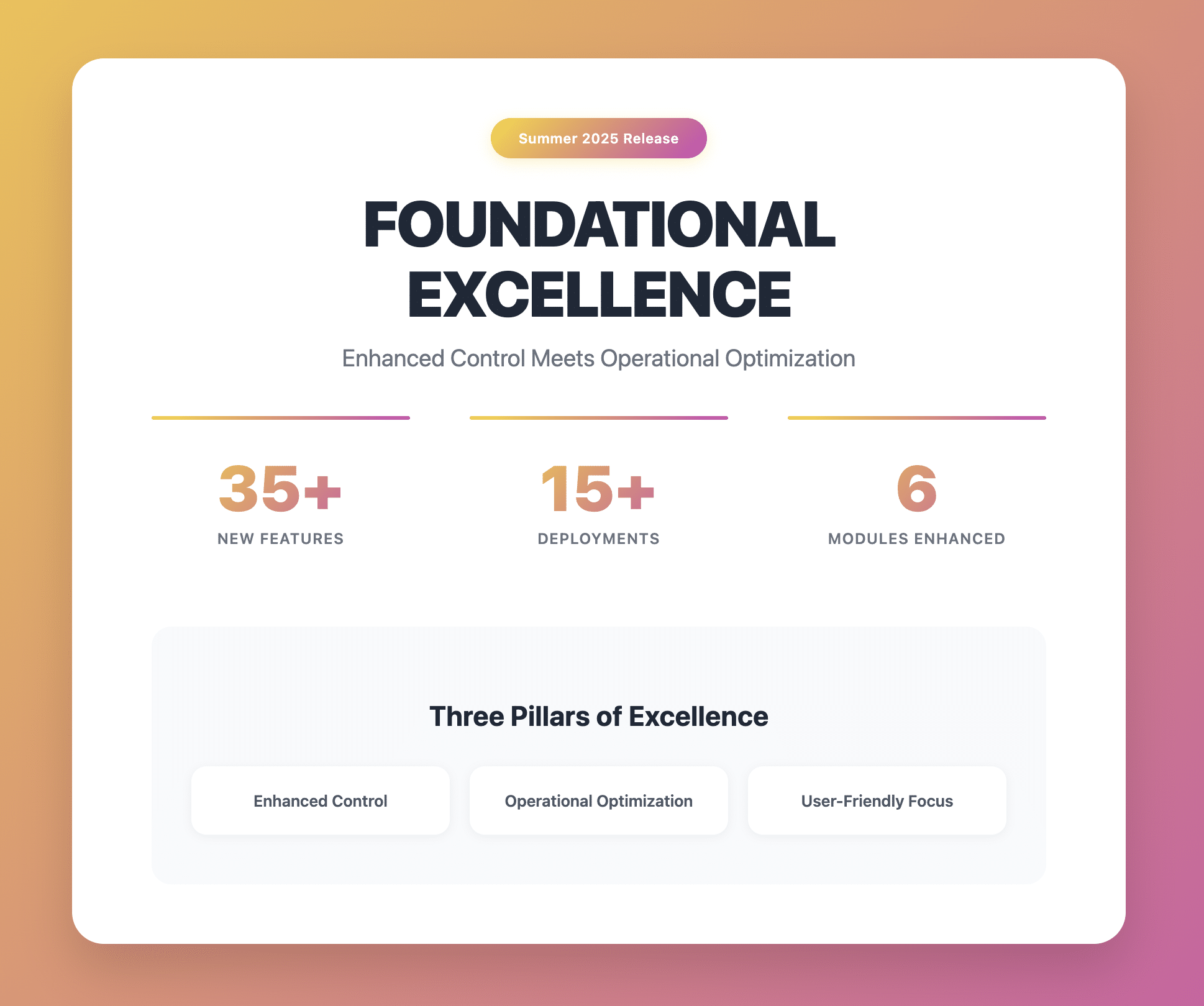The Problem Most Teams Know Too Well
Event registration in Australia often starts simple but rarely stays that way. A form is created. RSVPs begin to roll in. But then the real work starts: managing changes, collecting payments, syncing data across tools, and prepping for on-site check-in.
By the time the event arrives, the team is juggling five things at once. The registration list doesn’t match the on-site list. Attendees are missing from badge batches. People are stuck in queues while staff troubleshoot. It’s familiar and it’s exhausting.
What’s happening here isn’t a lack of tools. It’s the absence of a reliable flow.
What Breaks the Flow
Most teams are still working with disconnected tools. A form builder, a separate payment gateway, a check-in app, and a set of spreadsheets in the middle. Each one depends on the next being updated manually.
When someone cancels or changes details, the updates don’t carry across. Badge data might be outdated. Check-in staff may not have the right file. These breakdowns aren’t unusual. They’re baked into the way most teams work.
There’s also no live view of what’s going on. Who’s checked in? How many walk-ins? Which session is full? Unless someone’s manually pulling numbers, the answers are usually unclear until it’s too late to do anything useful.
A Better Way of Running the Same Process
Some teams have moved away from patching together separate systems. Instead, they’ve adopted a connected setup that handles the full registration flow. Form creation, payments, badge printing, check-in, and analytics all in one place.
Gevme supports this kind of setup. Once an attendee registers, their data flows through the entire system. That includes emails, badges, QR codes, kiosk check-in, and live dashboards. There’s no need to export lists or reconcile data between tools. Everything stays updated and accessible from one source.
If someone updates their name, it prints correctly. If they cancel, they’re removed from the check-in system automatically. Attendees scan a QR code or search by name on-site. Badges print instantly. Teams stop firefighting.
The AIME Success Story
At AIME 2025 in Melbourne, one of the largest MICE events in the region, the entire registration and check-in experience ran on Gevme. And it wasn’t just a tech showcase. It was a working example of how to remove bottlenecks entirely.
The team behind AIME used Gevme Registration to manage the attendee journey from the start. Exhibitors handled their own badge assignments and upgrades through the Gevme Exhibitor Portal. Attendees checked in using EcoKiosks powered by the Gevme Kiosk App, with badges printed on the spot. There were no queues, no delays, and no need for last-minute spreadsheet fixes.
The check-in process was fully self-service. The registration data synced directly with the on-site kiosks. As people arrived, badge printing was instant. And organizers could see in real time who was in the room, how traffic was flowing, and where support was needed
.
This wasn’t a one-off success. It was proof that well-integrated systems save teams hours of prep and reduce stress on event day. It showed how a fully digital setup can support large-scale events without requiring large-scale teams.
What This Means for Australian Event Teams
The teams that benefit most from this approach are often lean. In associations, government events, and corporate conferences, it’s common to see two or three people managing logistics for hundreds of attendees. These teams don’t need extra features. They need the basics to run without friction.
Gevme offers that kind of foundation. The platform links registration, payments, check-in, badge printing, and session data into one system. Nothing needs to be manually exported or reformatted. No last-minute syncing. No digging through email threads for attendee changes.
And because everything is unified, reporting becomes simpler. If you want to know how many attendees checked in, which sessions had the highest turnout, or how many badges were reprinted, it’s all there. Immediately. Without waiting for post-event clean-up.
Questions Worth Asking
Before your next event, take a close look at your process:
- Are registration updates automatically reflected at check-in?
- Do you still need to prepare spreadsheets for badges the night before?
- Can your team track check-ins live during the event?
- Is your data reliable enough to be used without double-checking?
If these steps are still manual, it’s likely the system is adding more work than it saves.
What’s Next
Fixing a registration bottleneck isn’t a new project. It’s usually a cleanup of what’s already working, just not cleanly. AIME 2025 showed what’s possible when registration tools work together instead of against each other.
At Gevme, the focus is on giving Australian teams a registration system that runs cleanly without adding to the workload. If you’re managing events and need a clearer, more dependable way to handle registration and check-in, a workflow review can show exactly where the friction is and how to remove it.
Book a demo and see where the friction actually starts.
FAQ’s
Many event teams in Australia still rely on disconnected tools, leading to errors and delays. Without an integrated event registration system in Australia, attendee data often becomes outdated or incomplete, causing issues like long check-in queues and mismatched badges.
Gevme offers a fully integrated event registration system in Australia that connects forms, payments, check-ins, and badge printing. This reduces manual work and ensures all attendee data flows smoothly across the event lifecycle.
AIME 2025 used Gevme’s all-in-one event registration system in Australia, enabling real-time badge printing, exhibitor self-service, and live check-in tracking. It eliminated queues and manual syncing, showing what streamlined registration can look like.
Lean teams managing corporate, government, or association events in Australia benefit most from Gevme’s event registration system in Australia, as it reduces manual tasks and improves accuracy without requiring extra staff or tools.
Event organizers should assess whether their tools are causing more work than they solve. A reliable event registration system in Australia like Gevme can reduce friction and provide real-time visibility across registration and check-in processes.







